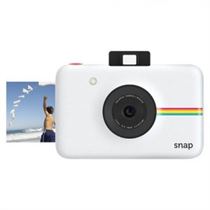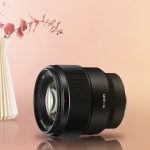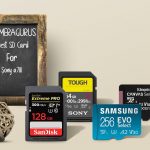
Not a really long time ago, we took pictures and then developed the films to get the physical copies of our photos, it was a longer process than it is today, however, it was a long and difficult process. Today we all have digital forms of our pictures that are stored in digital drives, and then if we choose we can print them, which is really convenient. But these days, fewer and fewer people print their photos and it is not as attractive to print the pictures.
Back in the days, there were instant cameras that were manufactured in the 1970s and 1980s, that delivered photos instantly at the moment of shooting, it was such marvelous technology that was appealing to a wide range of people. In the last few years we have seen a resurrection of these cameras since the retro-hipster aesthetics are making a return, and all instant cameras offer the mostly the same experience, but how do they work, and what else makes them attractive.
Whats so special about them?

These cameras work in a pretty interesting manner and if you are born in the 2000s it might all be confusing for you. These cameras require film packs to be loaded in the body, those packs contain plastic sheets that are covered with chemicals that react to the light. The roller inside the camera takes one of the sheets and places it right in front of the camera lens so when the shutter is opened the sheet is exposed to light.
These are generally considered as analog cameras, so they work in a pretty simple manner. Just like a digital camera when press the button the shutter opens for a split second so the light from the scene is redirected to sensor, but in the case of most analog cameras, the light goes to the film or negative, in instant cameras, this directly goes to the sheet of negative.
The sheet of negative or the film is covered in a combination of three layers of silver compounds, and in the end, there is a black layer, that is needed to absorb the light. Most of the films use a combination of the primary colors, red, green and blue, but some use cyan or magenta, which delivers similar results.
All this process is possible by a chemical reaction that happens in the camera in a very short time, the light enters from the shutter and it reacts with the developer layer, image layer, timing layer, and the acid layer. The chemicals set off a reaction to produce the colors from the layers of silver, creating patterns, exposure, and contrast in your photograph.
In the end, the roller ejects the photo and the photo is also pressed to release the reagent chemical that is located in the white borders of the sheet. Then is where the real magic happens, since first you get a black and blank image, and the photograph starts really developing, and as kids we were told to shake it as it has to dry out, and that was a myth mind you, as it will develop in a few moments as you leave it alone to reveal your vintage image.
While these may not be the perfect choice for a wide variety of photographers, a instant camera is a great party trick, and a great way to make memories because in my opinion, nothing can replace the physical copy of a photograph.

Camera Tester & Reviewer
I spend most of my time taking photos & videos of everything in sight. Yes, I am a stock photographer and I’ve probably taken more than 700,000 photos so far.



